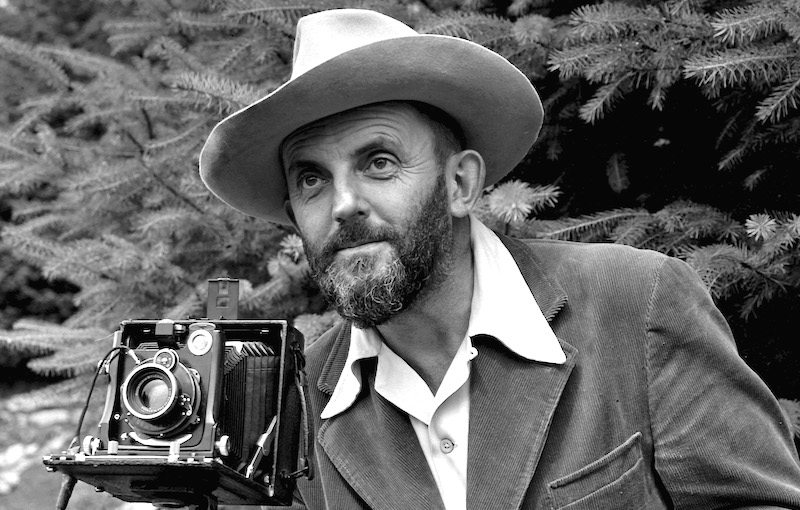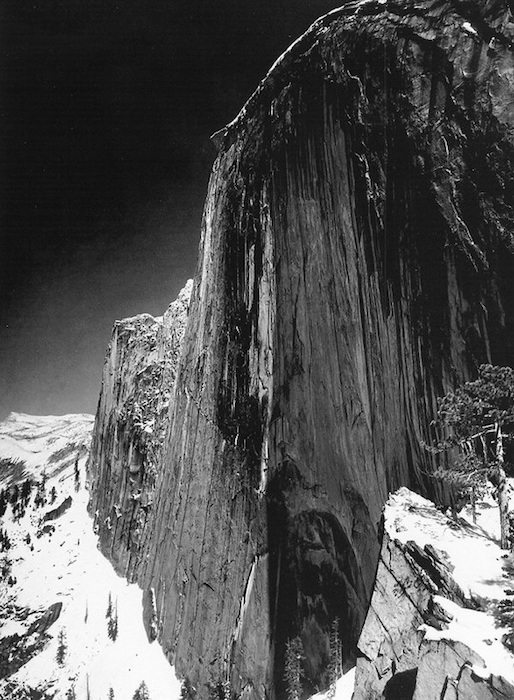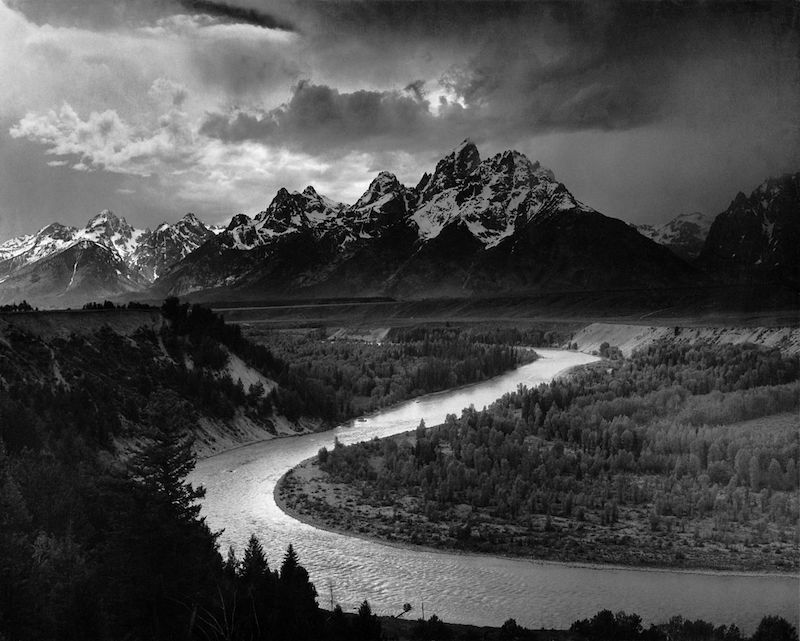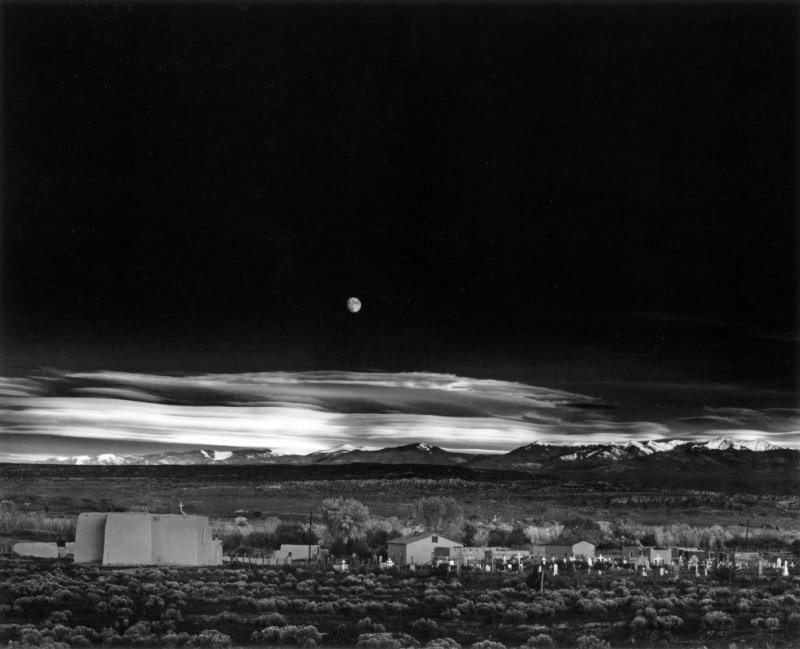Ansel Adams
(1902–1984)
Episode #3 of the course Most famous photographers of all time
Ansel Adams was an American landscape photographer known for black-and-white images of nature. A conservationist, Ansel Adams’ name became associated with sweeping rivers and wide-open skies.
Born and raised in San Francisco, California, Adams was scarred for life by the 1906 earthquake. He was removed from school at age 12, educated by tutors and family, and taught himself to play piano at 16 years old. Adams studied to be a concert pianist, discovering a love for nature and photography while on family trips to the Sierra Nevada mountain range.
Adams joined the Sierra Club and spent four summers as “keeper” of a lodge. He led the annual expedition, which he organized into an event for 200 people that lasted for a month. Adams began publishing his photos in 1922, gaining some notoriety, but it was not until 1927 that he truly became a photographer.
Throughout the 1920s, Adams used a “pictorial” photographic style, with a soft focus that created a “romantic” landscape image. When shooting his photograph, Monolith the Face of Half Dome, Adams invented his “visualization” technique. It was a defining moment in his career. After that, he married and pursued work as a photographer rather than a pianist.
While best known for his sweeping landscapes and nature photos, Adams’ portfolio included everything from commercial catalogue prints to commissioned portraits of international figures. Some criticize him for focusing his work on scenes without people, but others argue that his portraits are as accomplished as his nature photography.
Adams “visualized” images by imagining the final product before shooting, ensuring maximum control over the outcome. It was this love of control that caused him to work solely in black-and-white. Adams felt the options for color film lacked the same control.
In 1930, Adams encountered Paul Strand’s photography and changed his own style to a style of “straight photography.” He developed a standardized system for gauging exposure times, which gave his images more clarity and depth. Adams found that long exposures in natural light sharpened the image, as in his acclaimed still-life Rose and Driftwood (1933).
The US government commissioned Adams to photograph national parks in the 1940s, but they later cancelled the program to divert funding to war efforts. Instead, Adams received a Guggenheim fellowship and expanded the project.
He achieved international acclaim with his ability to capture monuments in every American national park. He photographed Mount McKinley, New Mexican pueblos, and Yosemite valley. Adams’ image The Tetons and the Snake River (1942) is considered a national treasure.
In addition to the parks, Adams documented American history in 1943 with his photographs of the Manzanar War Relocation Camp for Japanese Americans in California. Adams took over 200 photos, many of which were portraits of camp residents.
Adams worked constantly. A prolific creator, he strove both for financial independence and to help photography become recognized as a high art. He reprinted one of his most famous images, Moonrise, Hernandez, New Mexico, nearly 1,000 times, which helped him gain financial freedom. He began teaching photography workshops and published numerous books. For his conservation efforts, he was eventually awarded the Presidential Medal of Freedom.
Recommended book:
“Ansel Adams: 400 Photographs” by Ansel Adams
Share with friends





